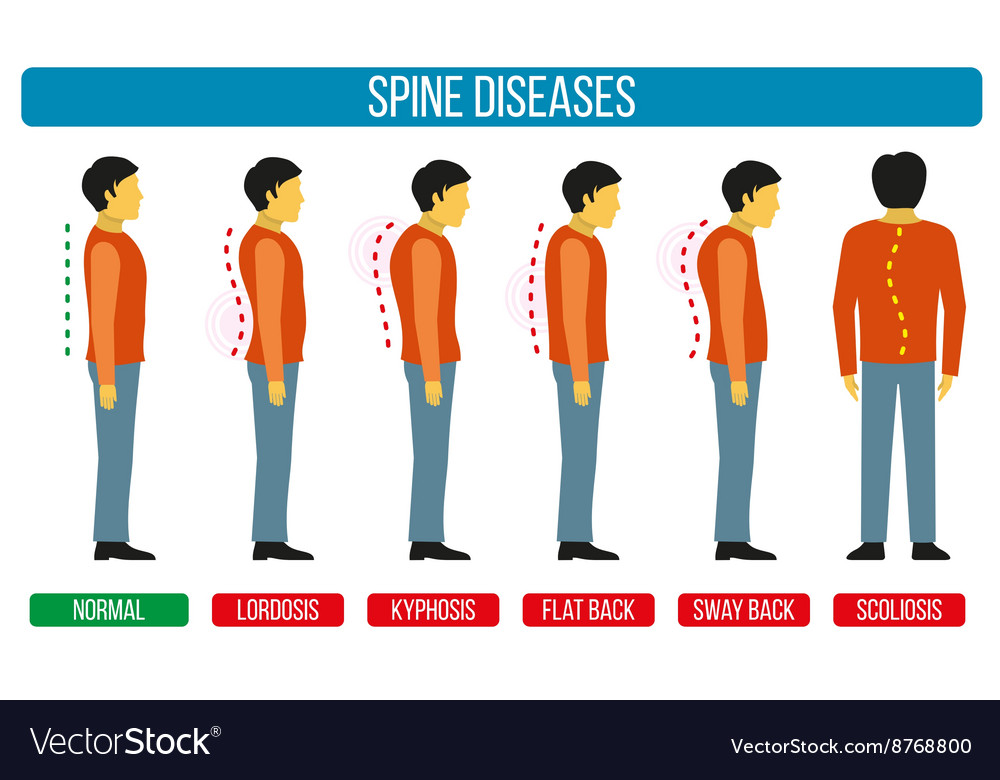Vital Daily Behaviors That Can Create Neck And Back Pain And How To Steer Clear Of Them
Vital Daily Behaviors That Can Create Neck And Back Pain And How To Steer Clear Of Them
Blog Article
Web Content Author-Cates Glud
Keeping proper pose and avoiding typical risks in everyday tasks can considerably affect your back health and wellness. From exactly how you sit at your workdesk to how you raise hefty items, tiny modifications can make a big difference. Visualize a day without the nagging pain in the back that impedes your every relocation; the remedy may be simpler than you believe. By making a couple of tweaks to your everyday practices, you could be on your way to a pain-free presence.
Poor Position and Sedentary Lifestyle
Poor stance and an inactive way of life are 2 significant contributors to pain in the back. When you slouch or inkling over while resting or standing, you placed unnecessary strain on your back muscles and spinal column. This can cause muscle mass imbalances, stress, and ultimately, chronic back pain. Furthermore, sitting for long periods without breaks or physical activity can compromise your back muscular tissues and bring about stiffness and pain.
To combat poor position, make a conscious initiative to sit and stand up right with your shoulders back and straightened with your ears. Remember to keep your feet level on the ground and prevent crossing your legs for extensive durations.
Including chiropractor in ny stretching and reinforcing workouts right into your daily regimen can likewise assist improve your position and reduce pain in the back connected with a sedentary lifestyle.
Incorrect Training Techniques
Improper lifting techniques can substantially add to neck and back pain and injuries. When you lift heavy items, keep in mind to flex your knees and use your legs to lift, rather than depending on your back muscles. Prevent turning your body while training and keep the things near to your body to lower pressure on your back. related resource site to maintain a straight back and prevent rounding your shoulders while raising to stop unnecessary pressure on your back.
Always analyze the weight of the object before lifting it. If it's also heavy, request assistance or use devices like a dolly or cart to transport it safely.
Remember to take breaks throughout lifting tasks to provide your back muscle mass an opportunity to relax and avoid overexertion. By implementing proper lifting strategies, you can stop pain in the back and lower the risk of injuries, guaranteeing your back stays healthy and solid for the long term.
Absence of Routine Workout and Extending
A less active way of living lacking regular workout and extending can considerably contribute to neck and back pain and discomfort. When you do not engage in physical activity, your muscles become weak and inflexible, resulting in poor pose and enhanced stress on your back. Routine exercise aids reinforce the muscular tissues that sustain your spine, boosting stability and lowering the danger of back pain. Including extending right into your routine can additionally improve flexibility, protecting against tightness and discomfort in your back muscle mass.
To avoid neck and back pain triggered by an absence of exercise and extending, go for at least half an hour of moderate physical activity most days of the week. Consist of workouts that target your core muscular tissues, as a solid core can help relieve stress on your back.
Additionally, take breaks to stretch and move throughout the day, particularly if you have a desk work. Easy stretches like touching your toes or doing shoulder rolls can help alleviate tension and prevent back pain. Focusing on regular workout and extending can go a long way in maintaining a healthy back and reducing pain.
Verdict
So, keep in mind to sit up directly, lift with your legs, and stay energetic to prevent back pain. By making straightforward adjustments to your daily routines, you can stay clear of the discomfort and limitations that come with pain in the back. Look after your spine and muscles by exercising good position, correct lifting methods, and regular workout. Your back will certainly thanks for it!
